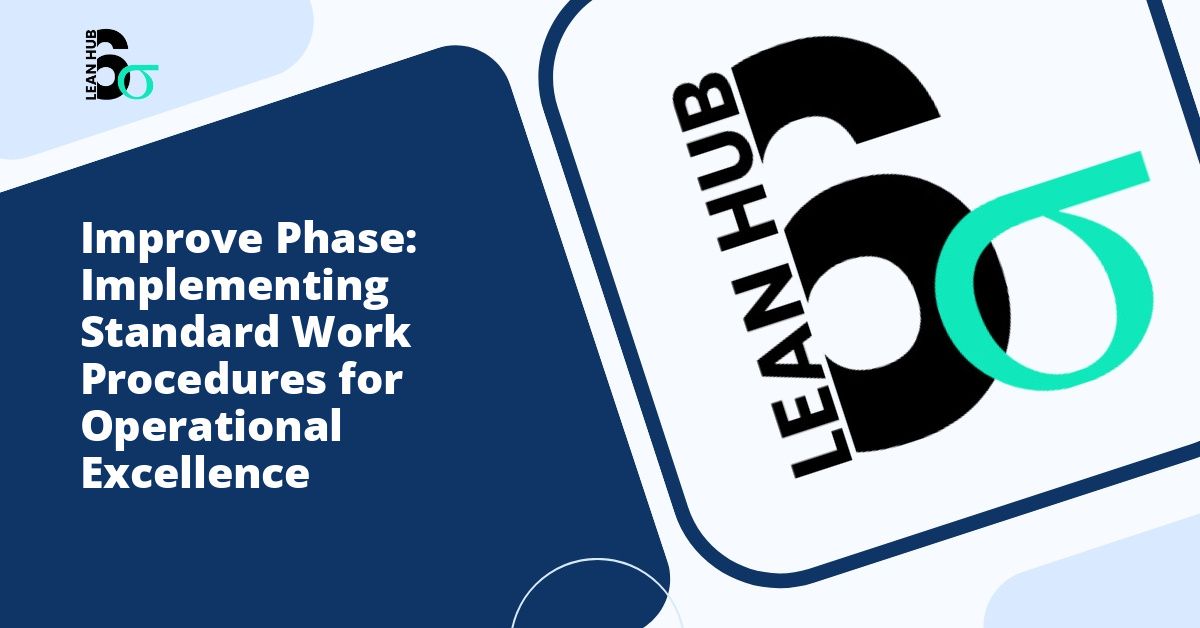In today’s rapidly evolving business landscape, organizations face unprecedented challenges in maintaining operational efficiency while adapting to market changes. Cross-training has emerged as a critical strategy for building workforce flexibility, reducing operational bottlenecks, and ensuring business continuity. This comprehensive approach to employee development not only strengthens organizational resilience but also creates opportunities for individual growth and enhanced team collaboration.
Understanding Cross-Training and Its Strategic Value
Cross-training refers to the systematic process of teaching employees skills and responsibilities outside their primary job functions. This practice enables workers to perform multiple roles within an organization, creating a versatile workforce capable of adapting to changing demands and circumstances. The strategic implementation of cross-training programs can transform rigid organizational structures into dynamic, responsive systems that thrive in competitive environments. You might also enjoy reading about Design of Experiments Explained: Testing Multiple Variables Simultaneously for Better Results.
Organizations that embrace cross-training benefit from reduced dependency on individual employees, improved operational continuity during absences or peak periods, and enhanced problem-solving capabilities through diverse skill sets. Furthermore, cross-trained employees develop a broader understanding of business operations, leading to better collaboration and more informed decision-making across departments. You might also enjoy reading about Mistake-Proofing vs. Inspection: Why Prevention Beats Detection in Quality Management.
The Connection Between Cross-Training and Lean Six Sigma
The principles of lean six sigma align seamlessly with cross-training initiatives. Lean six sigma focuses on eliminating waste, reducing variation, and continuously improving processes to deliver maximum value to customers. When organizations implement cross-training within a lean six sigma framework, they create multiple benefits that extend throughout the entire operation. You might also enjoy reading about Solution Selection Matrix: How to Choose the Best Improvement from Multiple Options.
Cross-training directly addresses several forms of waste identified in lean methodologies. By reducing waiting time caused by specialist unavailability, minimizing motion waste through better resource allocation, and decreasing defects through broader quality awareness, cross-trained teams become more efficient and productive. The flexibility gained through cross-training enables organizations to smooth workflow, balance workloads, and maintain consistent output even during personnel fluctuations.
The Recognize Phase: Identifying Cross-Training Opportunities
Before implementing a cross-training program, organizations must enter what we call the recognize phase. This critical first step involves systematically identifying opportunities, assessing needs, and establishing a foundation for successful implementation. The recognize phase serves as the diagnostic stage where organizations evaluate their current workforce capabilities and determine where cross-training will deliver the greatest impact.
Conducting a Skills Gap Analysis
During the recognize phase, conduct a comprehensive skills gap analysis to identify areas where cross-training would provide the most value. This analysis should examine current workforce capabilities, critical skill dependencies, and potential vulnerabilities in operational coverage. Organizations should map out essential functions and determine which roles create bottlenecks when key personnel are unavailable.
Engage with department managers and team leaders to understand pain points related to workforce inflexibility. Document instances where projects stalled, deadlines were missed, or quality suffered due to limited personnel availability or specialized skill requirements. These insights provide valuable data for prioritizing cross-training initiatives.
Assessing Employee Readiness and Interest
The recognize phase also involves evaluating employee readiness and interest in cross-training opportunities. Not all employees will have the same aptitude or enthusiasm for learning additional skills, and understanding these individual differences is essential for program success. Survey your workforce to gauge interest levels, identify natural aptitudes, and uncover hidden talents that might benefit the organization.
Consider factors such as learning style preferences, career aspirations, and current workload capacity when selecting candidates for cross-training programs. Employees who demonstrate curiosity, adaptability, and a growth mindset typically make excellent candidates for initial cross-training initiatives.
Developing a Strategic Cross-Training Framework
Once the recognize phase is complete, organizations can develop a structured framework for implementing cross-training initiatives. This framework should balance business needs with employee development goals while ensuring adequate resources and support systems are in place.
Establishing Clear Objectives and Metrics
Define specific, measurable objectives for your cross-training program. These objectives might include reducing overtime costs, improving coverage during vacation periods, decreasing turnaround times, or enhancing team collaboration. Establish key performance indicators that will allow you to track progress and demonstrate return on investment.
Metrics might include employee utilization rates, reduction in bottlenecks, improvements in service delivery times, employee retention rates, and customer satisfaction scores. Regular measurement and analysis of these metrics ensure the program remains aligned with organizational goals and delivers tangible value.
Creating Structured Learning Pathways
Develop clear learning pathways that outline the progression of skills acquisition for each cross-training track. These pathways should include prerequisite knowledge, core competencies, proficiency levels, and estimated timeframes for skill development. Structure the learning experience to balance on-the-job training with formal instruction, ensuring employees gain both theoretical knowledge and practical experience.
Incorporate diverse learning methods to accommodate different learning styles. Combine shadowing opportunities, mentorship programs, hands-on practice sessions, online modules, and documentation review to create a comprehensive learning experience. Provide regular checkpoints and assessments to ensure skill acquisition and identify areas requiring additional support.
Implementation Best Practices for Cross-Training Success
Start Small and Scale Gradually
Begin your cross-training initiative with a pilot program focusing on a specific department or function. This approach allows you to refine processes, identify challenges, and build success stories before expanding the program organization-wide. Select high-impact areas where cross-training will deliver quick wins and visible improvements.
Secure Leadership Buy-In and Support
Executive support is essential for cross-training success. Leaders must understand the strategic value of workforce flexibility and commit resources necessary for proper implementation. Communicate the business case clearly, emphasizing both short-term operational benefits and long-term competitive advantages. Ensure managers have adequate time and resources to serve as trainers and mentors without compromising their primary responsibilities.
Document Processes and Create Knowledge Repositories
Effective cross-training requires comprehensive documentation of processes, procedures, and best practices. Create accessible knowledge repositories that cross-training participants can reference during their learning journey and afterward when performing new responsibilities. Standardize documentation formats to ensure consistency and ease of use across the organization.
Foster a Learning Culture
Cross-training success depends on cultivating an organizational culture that values continuous learning and knowledge sharing. Recognize and reward employees who actively participate in cross-training programs and contribute to others’ development. Celebrate milestones and achievements publicly to reinforce the importance of skill diversification.
Overcoming Common Cross-Training Challenges
Organizations implementing cross-training programs often encounter resistance or obstacles. Employees may fear that cross-training diminishes their value or job security. Address these concerns transparently by emphasizing how cross-training enhances career development and creates advancement opportunities rather than threatening employment.
Time constraints present another common challenge. Training requires investment from both trainers and learners, potentially impacting productivity in the short term. Mitigate this by carefully scheduling training activities during lower-demand periods, allocating dedicated training time, and setting realistic timelines for skill acquisition.
Measuring and Sustaining Cross-Training Outcomes
Establish regular review cycles to assess cross-training effectiveness and make necessary adjustments. Gather feedback from participants, trainers, and managers to identify improvement opportunities. Track both quantitative metrics and qualitative outcomes, such as improved employee engagement, enhanced collaboration, and increased innovation.
Maintain momentum by continuously updating training materials, refreshing skills periodically, and expanding cross-training opportunities as the organization evolves. Integrate cross-training into broader talent development strategies, succession planning, and career progression frameworks to ensure sustained commitment and ongoing benefits.
Conclusion
Cross-training implementation represents a strategic investment in organizational flexibility and resilience. By systematically developing a versatile workforce through the recognize phase and structured implementation, organizations position themselves to respond effectively to changing demands while fostering employee growth and engagement. The alignment of cross-training initiatives with lean six sigma principles amplifies benefits, creating efficient, adaptable operations capable of delivering consistent value in dynamic business environments.








